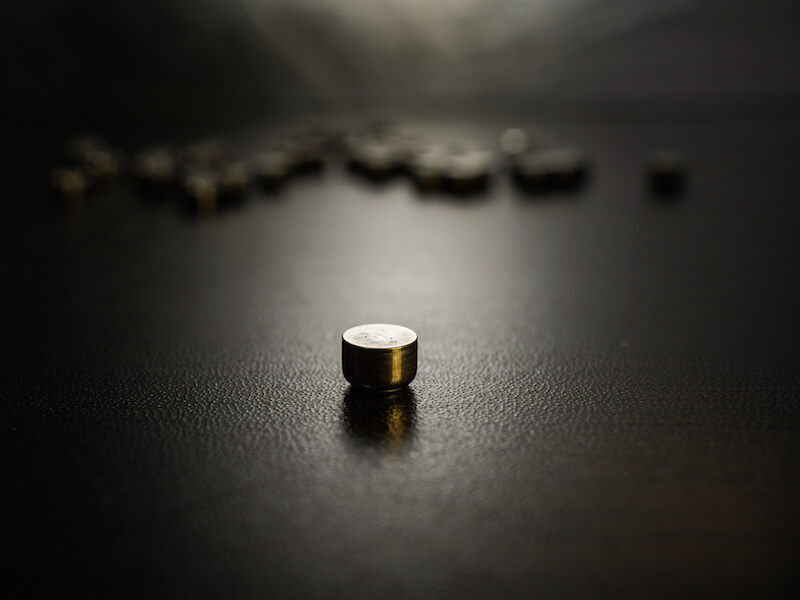
Contemporary technology has changed the way we power electronics of all types, from radios to cameras to phones. For decades, those looking to manage hearing loss have hoped for a similar progression, and the industry is finally recognizing the promise of a robust rechargeable hearing aid battery.
Disposable hearing aid batteries have historically been the power source of choice amongst manufacturers, with size 312 batteries serving as one of the more common battery types. These days, the most popular version of these batteries is generally known as a “zinc-air” battery.
Disposable Hearing Aids Have a Downside
As the name would indicate, a zinc-air battery is impacted by the presence of air. The user has to tear a little tab off the back of a 312 zinc-air battery in order to activate it.
They will start draining power as soon as they are completely oxygenated. That means power is start to deplete whether the user is ready for it or not.
Most users regard the length of life to be the most significant drawback of disposable batteries. Some reports have estimated the standard life expectancy of a size 312 disposable battery to be between 3 and 12 days, which means users may need to replace their batteries around 120 times per year.
Because of this, besides having to purchase 120 batteries, the user will need to switch and properly dispose of batteries at least two times every week. From a cost point of view alone, that likely equates to over $100 in battery purchases.
Improvements in Rechargeable Batteries
Luckily, for hearing aid users looking for another alternative, there have been significant advancements to rechargeable hearing aids that now make them a feasible solution.
Studies have demonstrated that most people overwhelmingly prefer to wear rechargeable hearing aids. Previously, these models were not practical because they didn’t hold a charge long enough. But modern rechargeable batteries will hold a charge all day without requiring a recharge.
Rechargeable batteries won’t save users significant amounts of money, but they will improve their quality of life.
These modern models provide less aggravation on top of maintaining a 24 hour charge because the user doesn’t have the burden of continuously swapping out the batteries. They just need to place the battery on the charger.
A disposable battery approaching the end of its life simply can’t function at full capacity. And you can’t determine how close the battery is to quitting. Because of this, users chance putting themselves in a situation where their battery may die at a crucial time. A faulty battery will not only cause a safety hazard, it could cause the user to miss out on important life moments.
Types of Rechargeable Hearing Aid Batteries
There are distinct benefits to each of the different materials that rechargeable batteries are made of. The ability to hold a charge for 24 hours is one reason why integrated lithium-ion batteries are one worthwhile option that manufacturers provide. You may be surprised to know that this same type of technology is what charges and powers your smart-phone.
Another kind of modern rechargeable battery is a silver-zinc. This innovative technology was initially manufactured for NASA’s Apollo moon missions. You can even use this technology to modify and retrofit the existing hearing aids you’re comfortable with by converting the device to rechargeable power. These batteries, like lithium-ion, will also last all day before needing to be recharged.
There are also models that let you recharge the hearing aid without removing the battery at all. During the night, or at some other time when the hearing aid is not being used, the whole hearing aid can be placed right into the charger
While each of these rechargeable strategies offers significant benefits over disposable batteries, each approach should be properly vetted to get a complete picture and to identify if it’s right for you.
If you’re looking for more information about hearing aid technology or how to pick the ideal hearing aid to meet your needs, we encourage you to look at our hearing aids section.